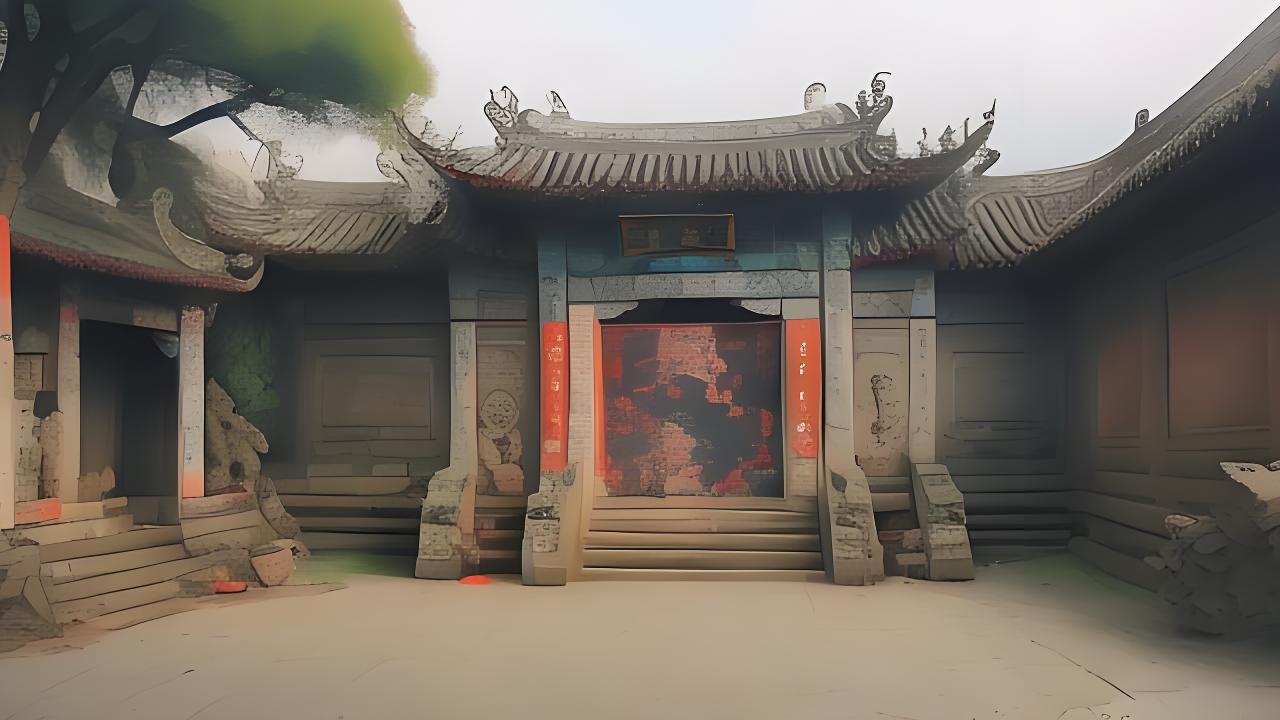Yang Style Tai Chi, one of the most popular and widely practiced Martial arts forms globally, beautifully combines grace, fluidity, and health – promoting benefits. It is a cultural gem that has been passed down through generations, offering both physical and mental development.
Historical Origins
Yang Style Tai Chi traces its roots back to the mid – 19th century. Yang Luchan, the founder, modified and simplified traditional Tai Chi based on the Chen style. His innovations made Tai Chi more accessible to the masses. Later, his sons and grandsons further refined it. Their family's efforts gradually led to the widespread popularity of Yang Style Tai Chi not only in China but also around the world.
Physical Movements
The movements of Yang Style Tai Chi are slow, graceful, and continuous. Each posture flows smoothly into the next, much like a gentle stream. For example, the "Ward – off" stance is fundamental, requiring one to have a stable footwork and a relaxed upper body. As one moves through the form, they shift their weight seamlessly, engaging different muscle groups in a coordinated manner. This full – body exercise helps improve balance,flexibility yang style tai chi , and muscle strength.
Health Benefits
Practicing Yang Style Tai Chi can bring a wealth of health benefits. Physically, it enhances joint mobility, especially for the knee, hip, and shoulder joints. It also boosts the circuit of blood and qi (vital energy). Mentally, it acts as a natural stress – reliever. The slow, meditative movements allow practicers to focus on the present moment, reducing anxiety and improving concentration. Many seniors find that regular practice improves their quality of life.
Cultural Significance

Yang Style Tai Chi is more than just a form of exercise; it is a cultural symbol deeply embedded in Chinese heritage. It reflects the traditional Chinese philosophy of the balance between yin and yang, harmony between man and nature. It has been a part of cultural festivals, exhibitions, and even diplomatic exchanges, spreading Chinese culture across the globe, becoming a bridge that connects different nations and cultures.
Modern Adaptations
In modern society,Yang Style Tai Chi has seen many adaptations. Due to time constraints Parkinson Tai Chi ,shorter forms have been developed for busy people. Also Tai Chi Lessons , it has been incorporated into rehabilitation programs in hospitals. Some young people have combined it with modern dance for unique performances. These new forms are attracting a broader range of practicers, ensuring that Yang Style Tai Chi remains relevant in the modern era.
Do you think Yang Style Tai Chi could be better integrated into modern fitness routines? Share your thoughts and if you find this article interesting, don't forget to like and share it!




